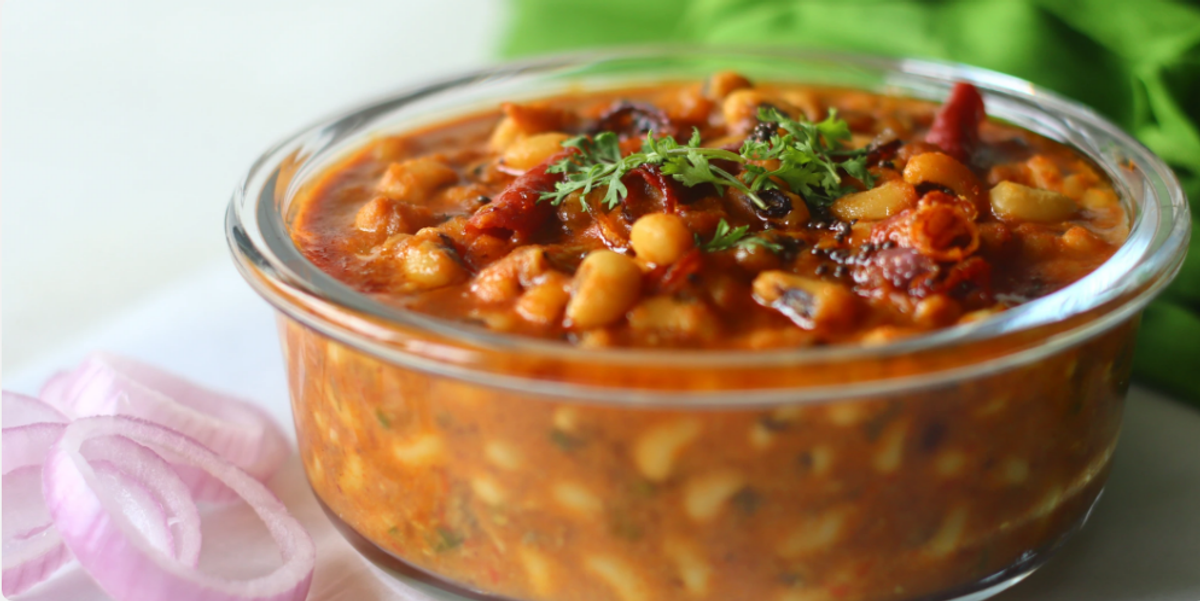Health & Wellbeing News

What is an Aided Language Display (ALD)?
An Aided Language Display (ALD) is a symbol display on a single page containing relevant symbolised vocabulary for a specific activity. It is a form of Augmentative and Alternative Communication (AAC).
ALDs usually contain vocabulary specific to a situation or activity, as opposed to a core word board which contains common core vocabulary. ALDs can be used receptively (to facilitate understanding) or expressively (to facilitate communication). Usually, an ALD is used in conjunction with a person’s primary communication system, which could be their voice, sign language, or communication device.
How to use an ALD?
Before a young person is able to use an ALD to communicate, they need to see other people using it LOTS of times (just like speech!). We need to:
- Point to key words on the page when we talk (e.g., when you say “Do you want more?” point to ‘more’ symbol).
- Say the word as well as pointing to it (i.e., if you point to ‘more’ you say “more” at the same time).
- Always make the ALD available during the activity, and keep it in a consistent place when it is not being used to ensure that it is accessible.
- Model and wait for the young person to respond. They may respond by pointing to the same symbol, by nodding or by verbalising.
- Acknowledge any attempt they might be making to communicate, and you can reinforce this by pointing to the symbol and repeating it back to them (e.g., if you are asking them if they want juice and they respond by nodding, you can reply by saying and pointing to the symbol and saying ‘juice’).
- People can choose not to use the ALD. Always honour the individual’s preferences.
PHYSICAL ACTIVITY AND SEDENTARY BEHAVIOUR GUIDELINES
Staying active regularly is essential for good physical and mental health and wellbeing. This is true no matter how young or old you are. But the amount of activity varies, depending on your age.
To help Australians understand how much activity they need, the Australian Government’s Department of Health and Aged Care have developed physical activity and sedentary behaviour guidelines for each age group and for pregnancy.
These guidelines outline:
- how much physical activity you should do each day
- ideas to fit more physical activity into your daily lives
- the importance of reducing and breaking up the time you spend sitting or lying down when not sleeping
- how much sedentary screen time is recommended
- how much sleep children and young people should get
- how children and young people can get good quality sleep.
RECIPES AND HEALTHY EATING
The following recipe is taken from the Resource Section of the Get Active Victoria Website (www.getactive.vic.gov.au). Home-made baked beans are a great alternative to the canned variety.
A quick and easy recipe that the kids will be able to help prepare as well.
Ingredients
- Olive or canola oil spray
- 1 medium brown onion, diced
- 2 cloves garlic, crushed
- 1 tbsp no added salt tomato paste
- 1 tsp smoked paprika
- 1 x 400g tin no-added salt diced tomatoes
- 1 tbsp salt-reduced tomato sauce
- 1 tbsp Worcestershire sauce
- 1 x 400g tin cannellini or butter beans, drained and rinsed
- 3 tbsp parsley, finely chopped
- 4 slices wholegrain bread, toasted
- Pepper to taste
Method
- Spray oil in a medium saucepan and cook onion and garlic over medium heat until softened.
- Add the tomato paste and smoked paprika. Stir through and cook for 1 minute.
- Add the tin of tomatoes, tomato sauce and Worcestershire sauce. Mix well and bring to the boil.
- Reduce the heat and simmer uncovered for 10 minutes or until slightly thickened.
- Add in the cannellini beans and stir until heated through.
- Remove from heat, mix in the parsley and pepper and serve on toast.
- To up the fibre content of this meal, serve alongside some oven roasted vegetables.






